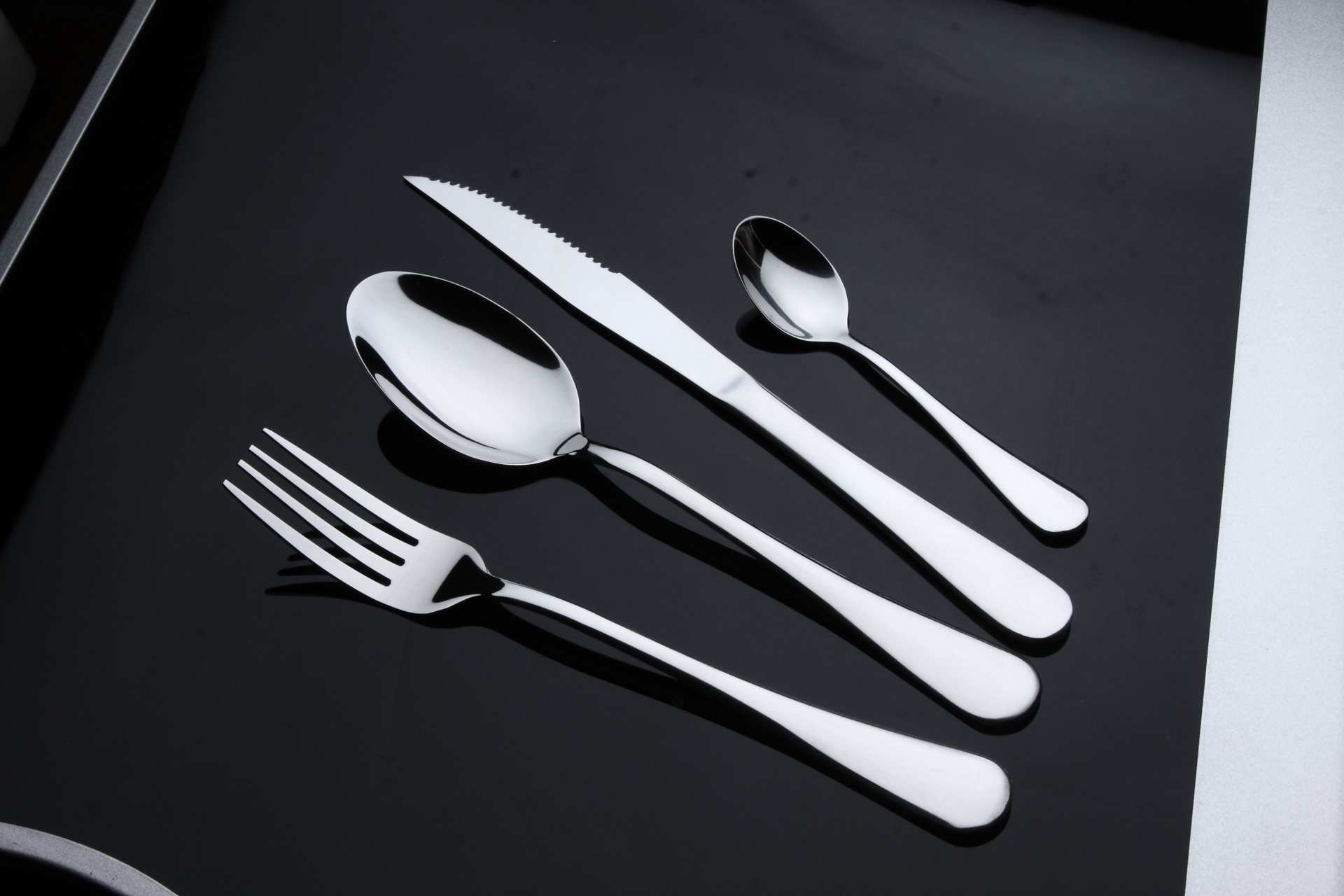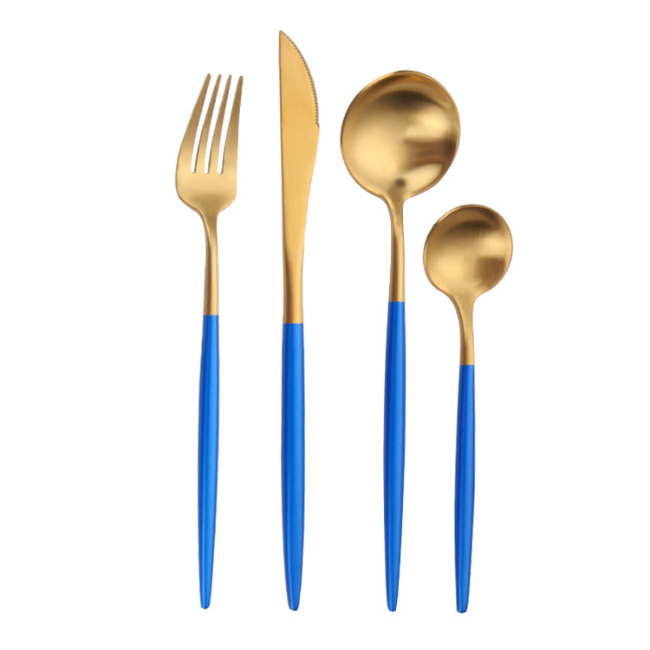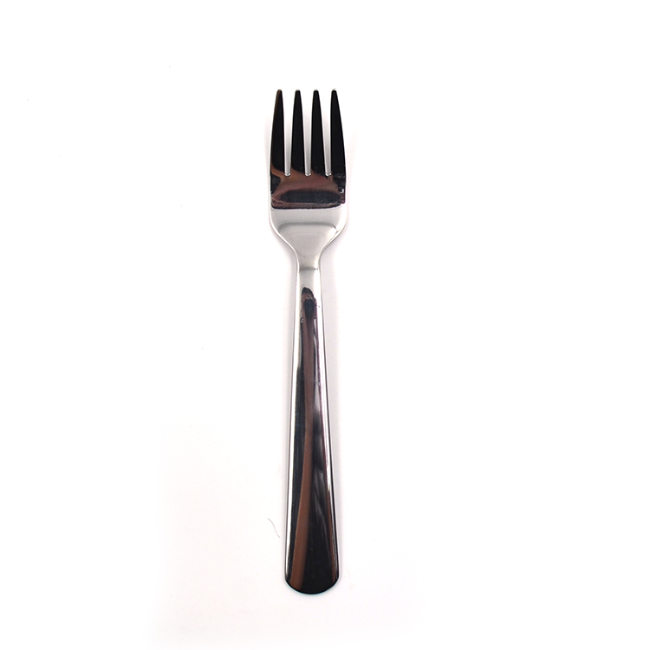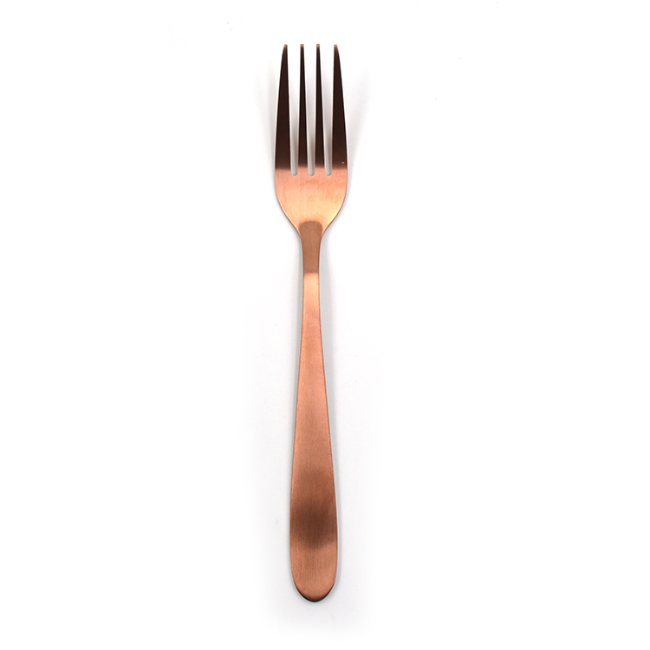
23 May
How to Load Dishwasher Cutlery Basket
How to Load Dishwasher Cutlery BasketMax...
How to Load Dishwasher Cutlery Basket
Maximize Efficiency and Cleanliness with Proper Dishwasher Loading
Introduction: Why Dishwasher Efficiency Matters
Loading the dishwasher may seem like a simple task, but doing it improperly can lead to poorly cleaned dishes, especially when it comes to cutlery. The way you load your knife set and block or knife block sets can impact their longevity and cleaning performance. In this article, we’ll provide a step-by-step guide on how to properly load your dishwasher's cutlery basket, ensuring both cleanliness and care for your knives, including sabon cutlery sets and other kitchen utensils.
1. Start with Sorting Your Cutlery
Before you place your cutlery into the dishwasher’s basket, take a moment to sort through your utensils. Separate knives, forks, spoons, and other items by type. This will help you load the dishwasher more efficiently and ensure that everything gets cleaned properly.
For example, knife set and block items should be placed in a way that allows the blade to face downward, minimizing any potential damage to the edge. Avoid putting delicate or sharp blades like those found in a global cutlery set in a position where they could be at risk of chipping or dulling.
2. Place Knives Safely in the Cutlery Basket
When loading knives into the cutlery basket, always face the blades downwards. Placing knives with the blades pointing upwards can not only result in dull edges but also pose a risk of injury when unloading the dishwasher.
If you're using a sabon cutlery set, which typically includes a variety of knives and utensils, take extra care to load them in a manner that prevents them from clashing with one another. A disorganized pile of knives could result in scratches and damage over time, especially to high-quality sets like those made by Homefelt.
3. Keep Knives and Delicate Cutlery Separate
It’s also a good practice to avoid mixing knives with delicate or softer items such as glasses or fine china. Knife block sets should be kept separate from other types of dishware to avoid any potential scratches or dents. The material of your knife blades can also influence how they should be loaded. For example, global chef knives have a very sharp edge, so it's essential to place them in a secure position to protect the blade from damage.
4. Don't Overload the Cutlery Basket
While it may be tempting to fit as many utensils as possible into the cutlery basket, overloading can lead to poor cleaning results. When the basket is packed too tightly, water and detergent may not be able to reach every item evenly, leaving your cutlery less clean than expected. For knives, especially those in a chef knife set, it’s important to allow enough space for water to circulate freely around each piece.
5. Use the Right Dishwasher Settings
Different types of knives and cutlery require different washing settings. Most dishwasher models come with specific settings designed for fragile items. For example, a gentler cycle may be required for your chef knives set, such as those from Homefelt. The high heat and harsh detergents of a standard cycle can degrade the quality of the blades over time.
Conclusion: Maximize Efficiency with Careful Loading
By properly loading your dishwasher’s cutlery basket, you can extend the life of your knives and ensure they remain in pristine condition. Whether you own a knife block set, a global cutlery set, or a sabon cutlery set, following the right procedures will help maintain their sharpness and quality. Remember, always face the blades downward, keep knives separate from delicate items, and avoid overloading the basket. With a little attention to detail, your knives will continue to perform at their best.





